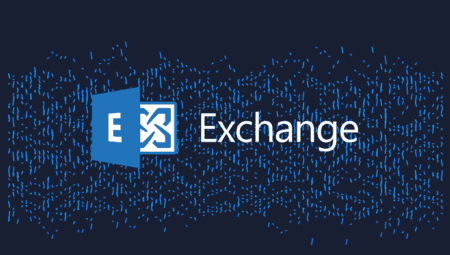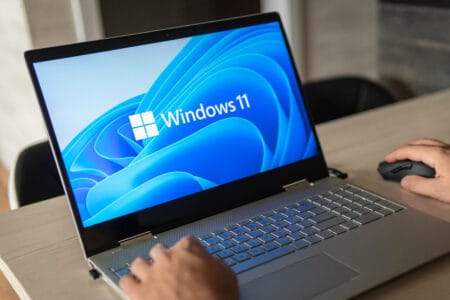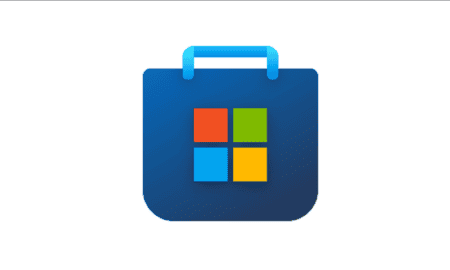Microsoft is giving its automatic update service Windows Autopatch new features. The features offer administrators new alerts for expired licenses and options to put the service temporarily “inactive.
Launched last year, Windows Autopatch automates the (manual) updating of patches for devices for administrators. With it, Microsoft performs patches automatically, so administrators no longer have to wait for every Patch Tuesday for manual actions. They can, however, adjust issues or make changes through the update service.
New functionality
The new features mainly focus on the Tenant management blade. This tool alerts administrators to actions to be performed for maintenance of the overall Windows Autopatch service.
Starting in May, administrators will now receive alerts about access licenses to be renewed or replaced for Windows Autopatch. New alerts also signal access issues that prohibit operation of the update service.
Administrators can also set their tenant’s Windows Autopatch section to “inactive” if no actions need to be performed. This does not affect the tenant. However, they must continue to perform desired actions to prevent disruption.
Previews
In preview, several new features are now becoming available. With Windows Autopatch Groups, administrators create their own sets of deployment rings. This allows them to ensure that all devices are compliant and to determine the deployment order of patches.
Groups also provide insight into update compliance, the status of patch deployments and which updates go wrong. Furthermore, administrators also get recovery policies for Windows Autopatch.
Also read: Windows Autopatch is available, alternative to Patch Tuesday



















